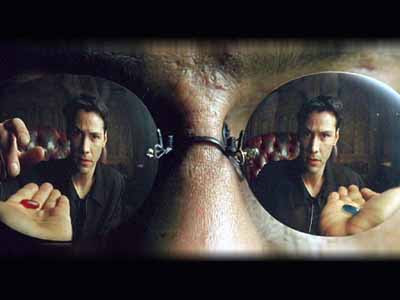The Simulated Consciousness

Thinking about my upcoming talk on the "augmented reality" ISMAR seminar I reviewed somewhat at random, if there is ever such a thing, texts that I had not visited in a long time, to see how some ideas held out or not. Sometimes we tend to think in this age of the new, that anything that is a few months old, let alone years is not really worth it. What can the past tell us anyway?
I went back to that visionary icon, Marshall McLuhan, who said in Understanding Media:
"After more than a century of electric technology, we have extended our central nervous system itself in a global embrace, abolishing both space and time as far as our planet is concerned. Rapidly, we approach the final phase of the extensions of man--the technological simulation of consciousness, when the creative process of knowing will be collectively and corporately extended to the whole of human society, much as we have already extended our senses and our nerves by the various media."
Who is the Vannevar Bush of today, that immersed in virtual, augmented or mixed realities, is capable to imagine the world just 10 or 15 years ahead, let alone 50 or 60? The AR apparatus of today are the equivalent of the room-sized computers that prevented the great majority to even dream what was to come. Yes, we can extrapolate in terms of Moore's law, and then the singularity like Raymond Kurzweil does, but the only thing we can see is a dense fog, populated by utopias or apocalyptic scenarios.
Since reality is that which our brain perceives through the senses, it comes to reason that any enhancement of such inputs qualifies as AR. I think for example of Quevedo, one of the pillars of Spanish and World literature during the Spanish Golden Age whose Conceptismo, a metaphoric style of rapid rythm conveyed multiple meanings in a very precise manner.
He would have been an excellent interface designer in our time. But I am not talking about him for his literary genius, rather because in the early 1600's, he was a geek of sorts. Not only in mind but in looks as well. He wore one of the earliest examples of an augmented reality device, the pince-nez, or as they became known until very recently "quevedos" in honor of his name, better know to us as glasses!
In our time, our glasses are electronic, transforming the world into data that has become almost our second language, and for some others, their mother tongue. These magical-like glasses allow us not only to overlay information on our "reality" (sometimes totally obscuring it), but very importantly, they allow us to subtract information as well, revealing the substrate in the process, the structure of our very selves from where our extensions have become.


Comments